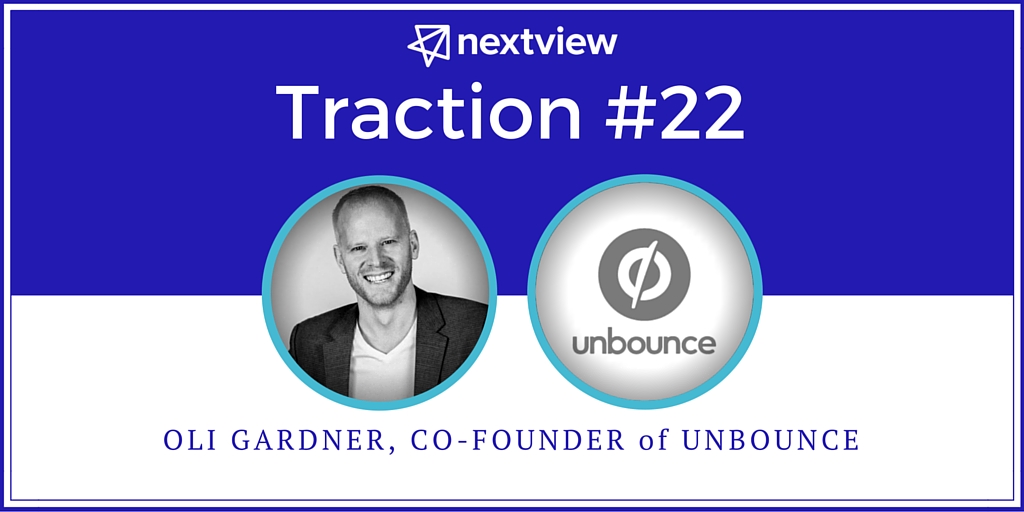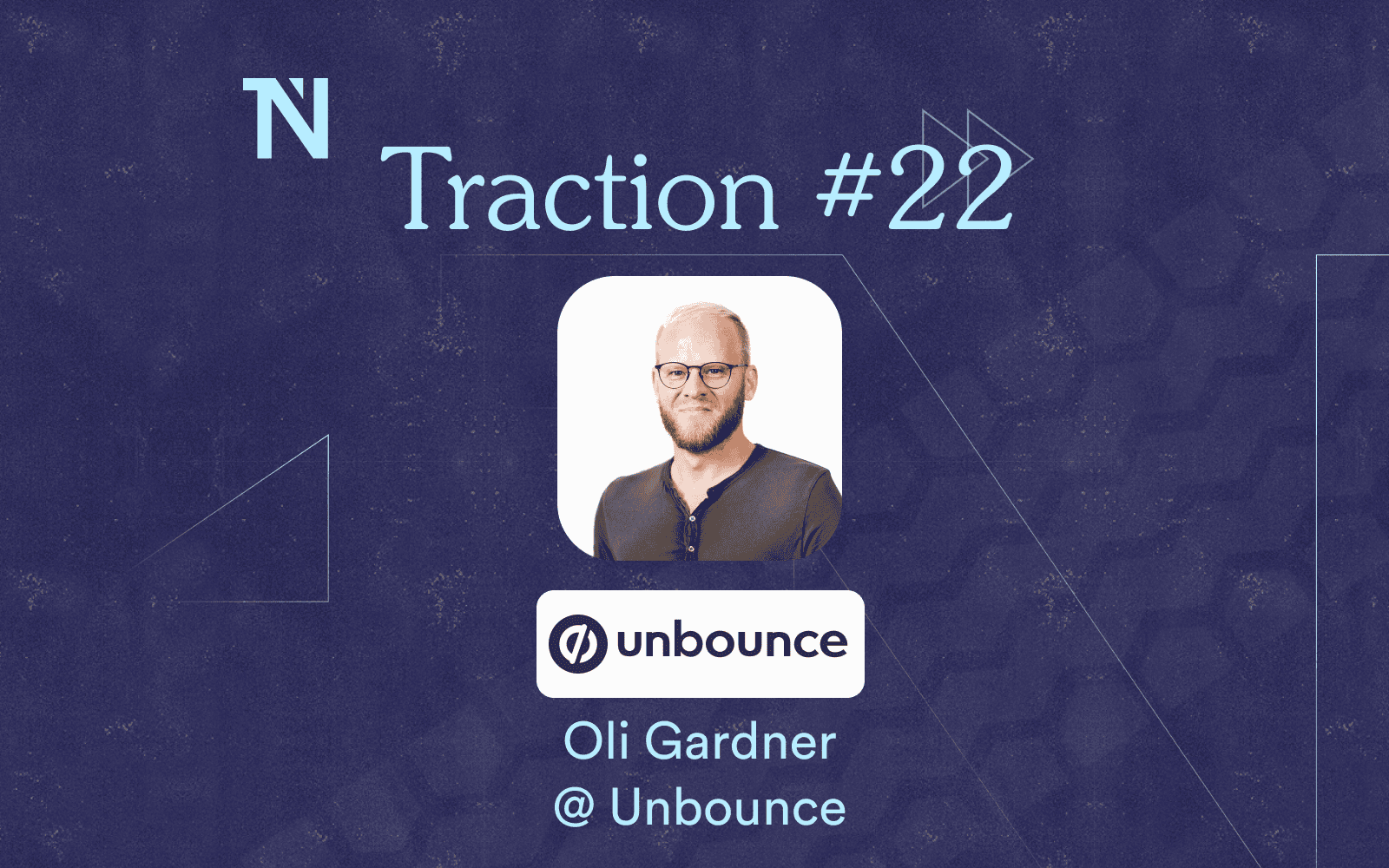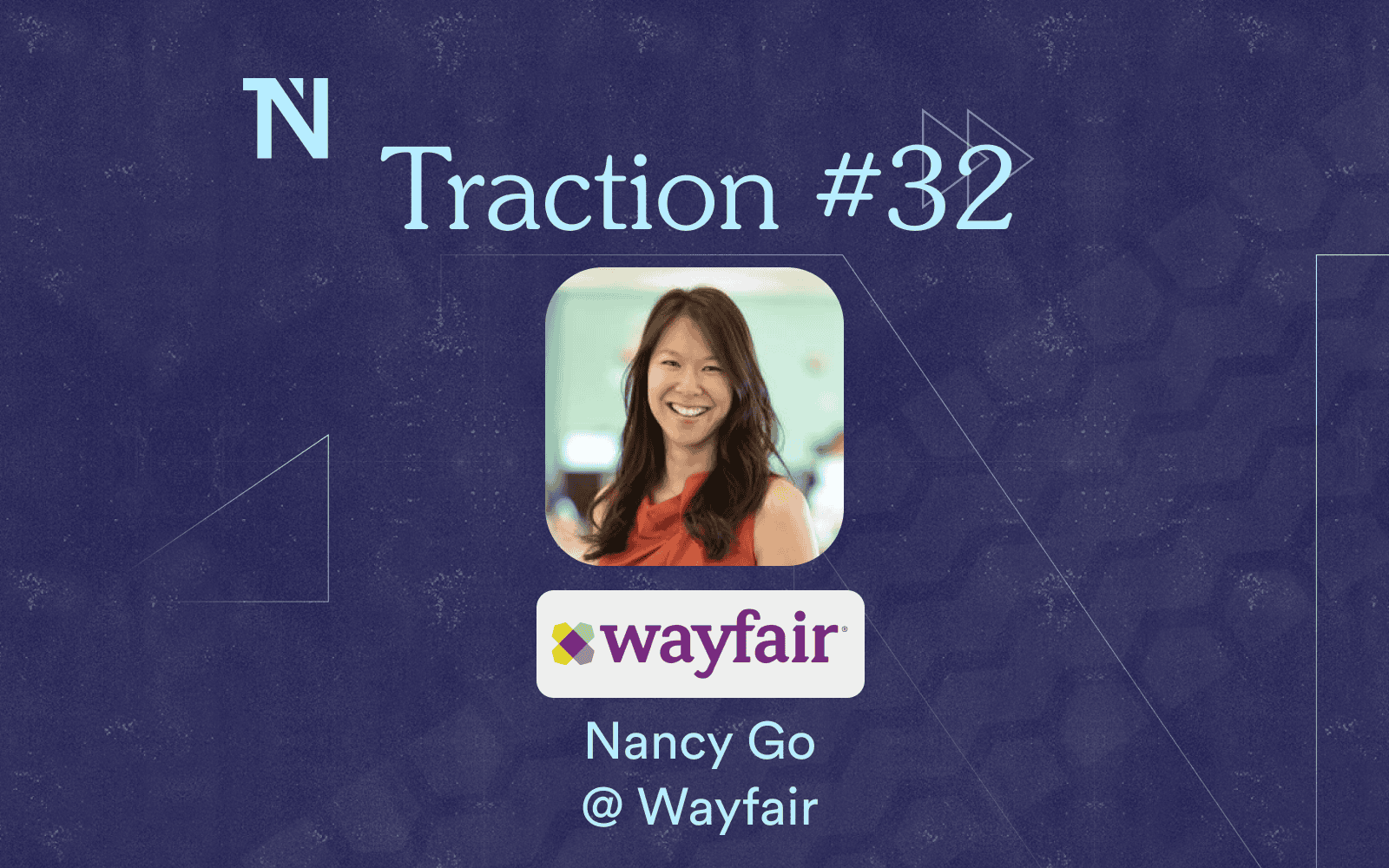


The 5 Key Parts to Startup Landing Pages That Convert
In episode 22 of our podcast, Traction, Unbounce co-founder and marketing keynote speaker Oli Gardner shared five key parts to well-optimized startup landing pages. It’s a common tactic, the use of landing pages, all thanks to the power of building an email list. Your email list can be used to get real-world feedback as you validate the market. It can be used to grow reach by sharing valuable content which then gets forwarded to others by your existing subscribers. It can be used to convert customers, convince co-marketing partners to collaborate with you, and build loyalty longer term.
Whether you’re pre-launch and need to build some initial interest or your marketing and sales machine is humming and you need a steady flow of prospects, it’s often a landing page at the center of it all. And it’s on that page where your message must simply click in the minds of others.
Unfortunately, few if any startups launch with an expert in landing pages on staff — and we often clutter these pages with too much or even the wrong information as we build them ourselves.
Luckily, Oli has spent the majority of his waking life obsessing over landing pages.
You can listen to the full episode below, or read on for the five things you need to include on your landing pages:
The 5 Key Parts to Startup Landing Pages That Convert
1. A value prop that is ACTUALLY unique.
This is your above-the-fold headline. It’s focused on the customer, not you. It’s direct and obvious, not pithy. So if you’re tempted to say “Take Control of Your Data” above a subtitle like “Cloud software that helps you X, Y, and Z,” consider flipping the two. Lead with the benefit and the value prop. Drop the pithy statement beneath it.
According to Oli, there’s one pithy statement everyone seems to fall in love with too much. He says, “Everyone is turning into Grey Goose Vodka” by claiming they’re the best in the world. Not only is that untrue in all cases but one, of course, it’s also ineffective. It’s a wasted opportunity to say something that’s actually unique and actually valuable to your audience. Don’t say something simply because it sounds great, and don’t say something even if YOU believe it (after all, YOU probably believe you’re the best in the world). Instead, stop telling someone you’re the best and write something that would demonstrate why you indeed are great.
2. Hero shot (main image)
This is a credible photo or video of a solution. It should include relevance, context, value, and emotion (all of which Oli defines in the episode). These images or videos should support your claims, educate your customers, and persuade them to proceed. In other words, ditch the standard stock photo and use something original and specific. No more handshaking people with sterile smiles, people!
3. A quickly absorbable list.
This might include two parts: Core features (described as benefits to your customers) and perhaps a short paragraph and/or a few bullets. This copy doesn’t need to be above the fold to convert interest. Oli also says that the common phrase of talking about benefits, not features, is a bit misleading. Different buyers need different things, and even the same buyer will eventually need to know about features to buy. If you’re targeting first-time buyers or perhaps content subscribers, they may want benefits, but if you’re targeting repeat visitors who might be comparison shopping or close to buying, they may want features.
So, yes, you should decide who you’re targeting and where they’re at in the buyer’s journey BEFORE you launch a landing page. If it’s one generic page intended for everyone, it will work for no one.
4. Social proof.
Of course, it’d be nice to list some big numbers, but at the seed stage, that’s just not possible. That makes testimonials powerful, if used correctly.
Oli says that testimonials as you commonly see them are abused by entrepreneurs. “They reek of bullshit,” he says. They’re hyperbolic statements that are poorly masked favors called in to friends of the company. You’d have more success demonstrating a SPECIFIC way that your product transformed a customer’s business or life. Details matter, and flowery language only discredits your social proof.
5. A persuasive call-to-action.
Don’t say “Submit” — try “Click” or “Click Here” or “[Action You Want] Now.” Yes, that absolutely seems unnecessary, repetitive, or even a bit too directive, but in testing thousands upon thousands of landing pages, Oli says it just plain works. In aggregate, he says, the conversion rates tend to go up. (He also argues for testing rigorously, so this is something you can split test rather easily.)
To get more details behind each of these, and hear a pretty darn entertaining story from Oli, listen to the full episode above!





